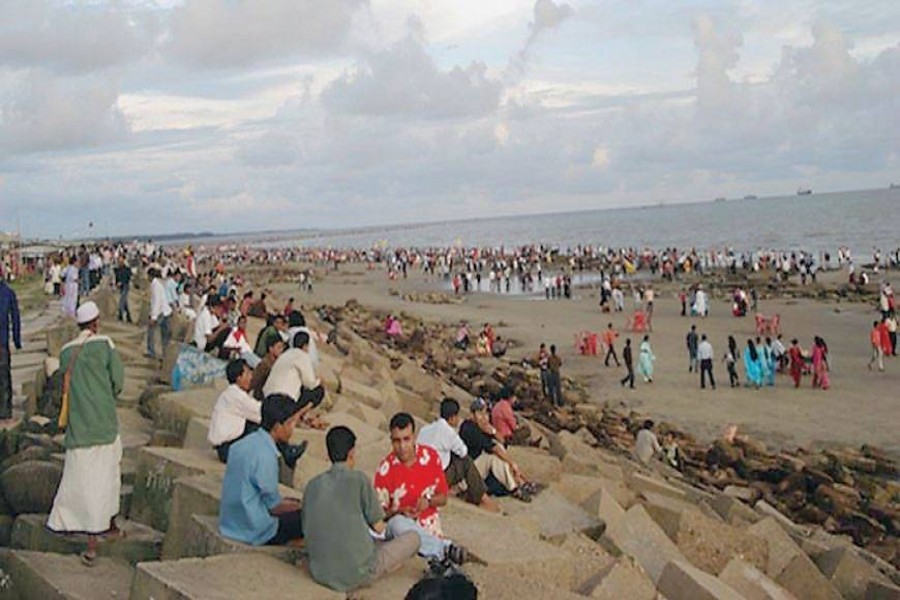When domestic tour operators are taking heart from the unabated rush of tourists to the country's rejuvenated spots, depressing news have begun trickling in. Over the last one and half decades, new tourist spots one after another have sprouted across the country. Of them, many were found drawing visitors in droves to places previously viewed as unsuitable. In general, the sector of domestic tourism underwent a resurgence of sorts. It also proved that the middle and a section of the lower middle class people had eventually begun to learn how to squeeze pleasure from short trips to unknown places. Despite Bangladesh being dotted with plenty of places of attraction, some regions stand out with their unique appeal. Of the areas, the Chittagong Hill Tracts (CHT), the beaches and the Sundarbans have long occupied top places on the list. The latest addition has been the Sylhet region. The vast zone lately emerged as a spot having great tourism potential.
Thanks to the activities of a section of unscrupulous people, the most attractive of Sylhet's tourism - Jaflong, has for some time been losing its natural beauty. The site's attraction comprises the hilly river flowing from across the border in India, the lush green hills along the Indian-side banks of the Piyain and the pristine stones and pebbles lying at low depth in the river's transparent water. Lately, the Piyain has fallen victim to syndicates collecting stones from the river's bottom. The practice started humbly with sporadic scenes of stone extraction. It mostly eluded sharp notice. The tourists did not feel much disturbed by the stone collection. Problem started when the roguish elements installed noisy stone extraction machines along the river banks. They homed in on the numerous stone quarries located in the vicinity of the river. Besides employing hundreds of day-labourers in the gruelling task of stone extraction from beneath the soil in the pits, they put to use heavy machinery for digging quarries. Scores of quarry workers met deaths during the extraction work.
In a few years, the whole tourist site of Jaflong has been brazenly turned into an open-air stone extraction factory. Deafening sound and dust made the spot completely unfit for visit by tourists. Enjoying the beauty of the burbling river finally became a mirage. Thus owing to the activities of a few local syndicates engaged in stone trading, a fast-growing tourist spot disappeared. The whole episode has been tracked by the media, along with analysis of its impact on the burgeoning domestic tourism as well as on the environment. But few in the authorities appeared to have been concerned by the bleak developments on the bank of the Piyain.
There are some other tourist spots in the Sylhet region. The most prominent among them is Bisnakandi in Gwainghat. Apart from the wild rush of tourists, and the mindless littering, this spot is also not free of the scourge of killer stone quarries. Already a number of workers died there as chunks of soil came crashing down on them. Except people from the nearby areas, tourists from the distant parts of the country have almost stopped visiting the wonderful site.
The authorities concerned have reposed high hopes in the fast-rising domestic tourism. Apart from Jaflong and Bisnakandi, they identified some other hitherto-obscure sites having tourism potential. Those include deep interiors of the CHT districts and the largely overlooked beaches.
Tourism experts would like to include offshore uninhabited islands and, even, sand-filled, grassy Charlands of the Jamuna and Padma rivers in the list of new sites. Those could be developed for adventure tourism normally undertaken by daredevil youths. To the educated middle class in general, the appeal of architectural sites will always remain alive. But the authorities have to make sure they remain free of the encroachers and property grabbers.


